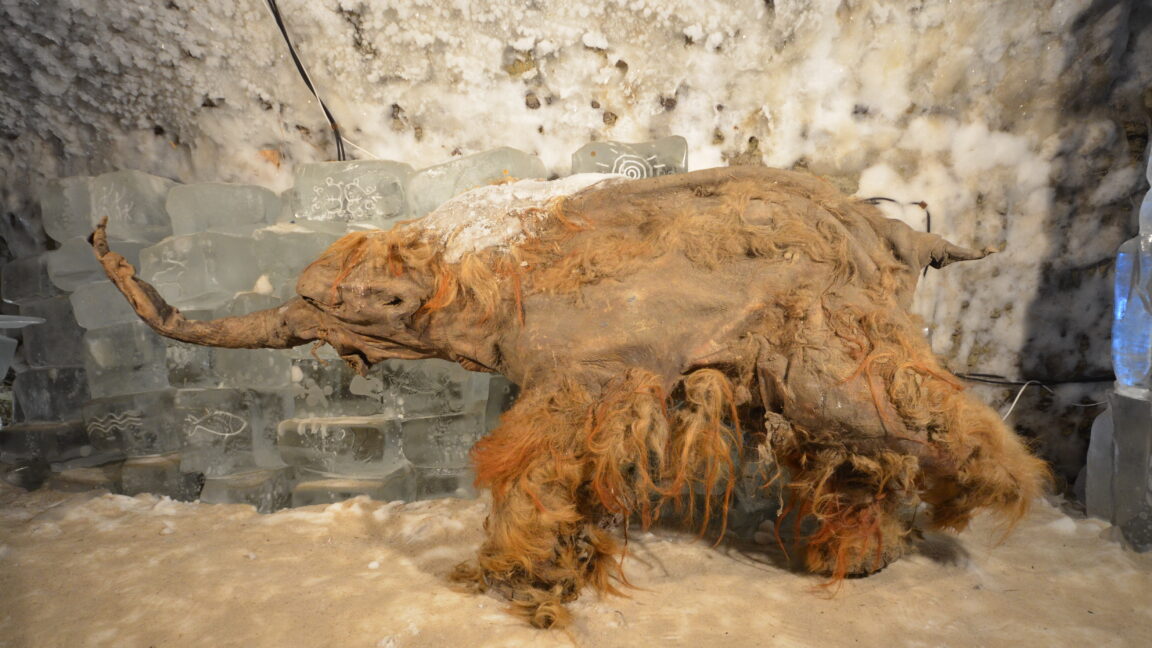
"A young woolly mammoth now known as Yuka was frozen in the Siberian permafrost for about 40,000 years before it was discovered by local tusk hunters in 2010. The hunters soon handed it over to scientists, who were excited to see its exquisite level of preservation, with skin, muscle tissue, and even reddish hair intact. Later research showed that, while full cloning was impossible, Yuka's DNA was in such good condition that some cell nuclei could even begin limited activity when placed inside mouse eggs."
"Now, a team has successfully sequenced Yuka's RNA-a feat many researchers once thought impossible. Researchers at Stockholm University carefully ground up bits of muscle and other tissue from Yuka and nine other woolly mammoths, then used special chemical treatments to pull out any remaining RNA fragments, which are normally thought to be much too fragile to survive even a few hours after an organism has died."
"The team used RNA-handling methods adapted for ancient, fragmented molecules. Their scientific séance allowed them to explore information that had never been accessible before, including which genes were active when Yuka died. In the creature's final panicked moments, its muscles were tensing and its cells were signaling distress-perhaps unsurprising since Yuka is thought to have died as a result of a cave lion attack."
Yuka, a young woolly mammoth frozen in Siberian permafrost for about 40,000 years, retained skin, muscle, and reddish hair and yielded exceptionally preserved biomolecules. Previous work showed Yuka's DNA was intact enough to allow limited nuclear activity in mouse eggs, but full cloning remained impossible. Researchers ground muscle and other tissues from Yuka and nine additional mammoths, then applied specialized chemical treatments and RNA-handling methods adapted for ancient, fragmented molecules to recover RNA fragments. The recovered RNA enabled sequencing of gene-expression patterns present at death, revealing muscle tensing and cellular distress consistent with a cave lion attack. RNA provided a real-time snapshot of cellular biology not obtainable from DNA alone.
Read at Ars Technica
Unable to calculate read time
Collection
[
|
...
]